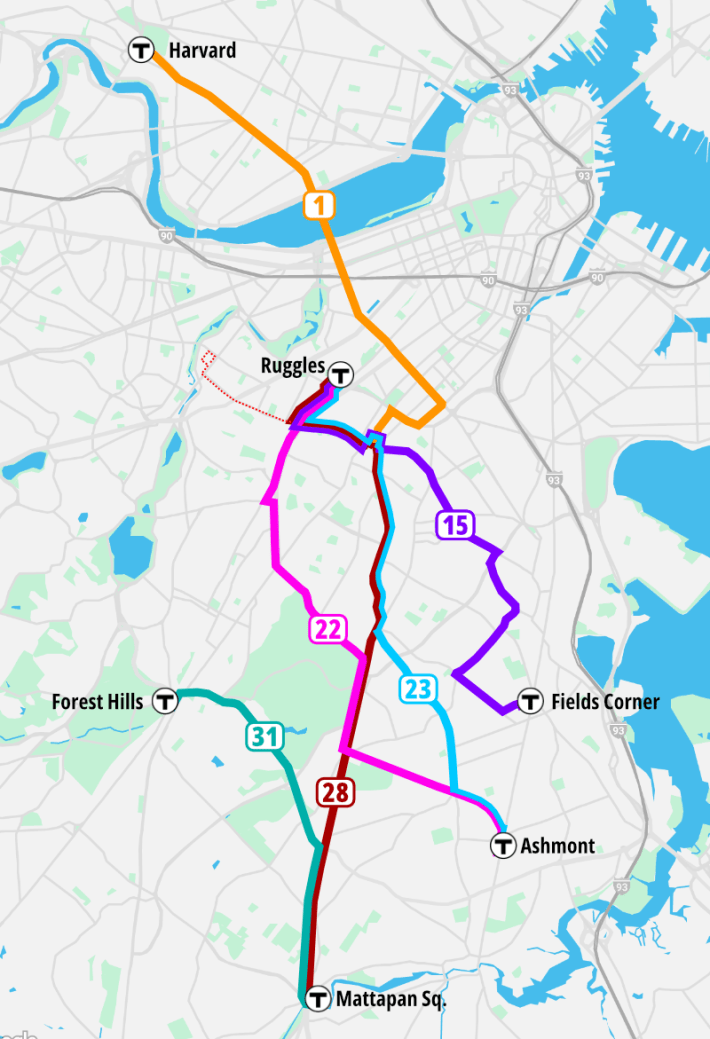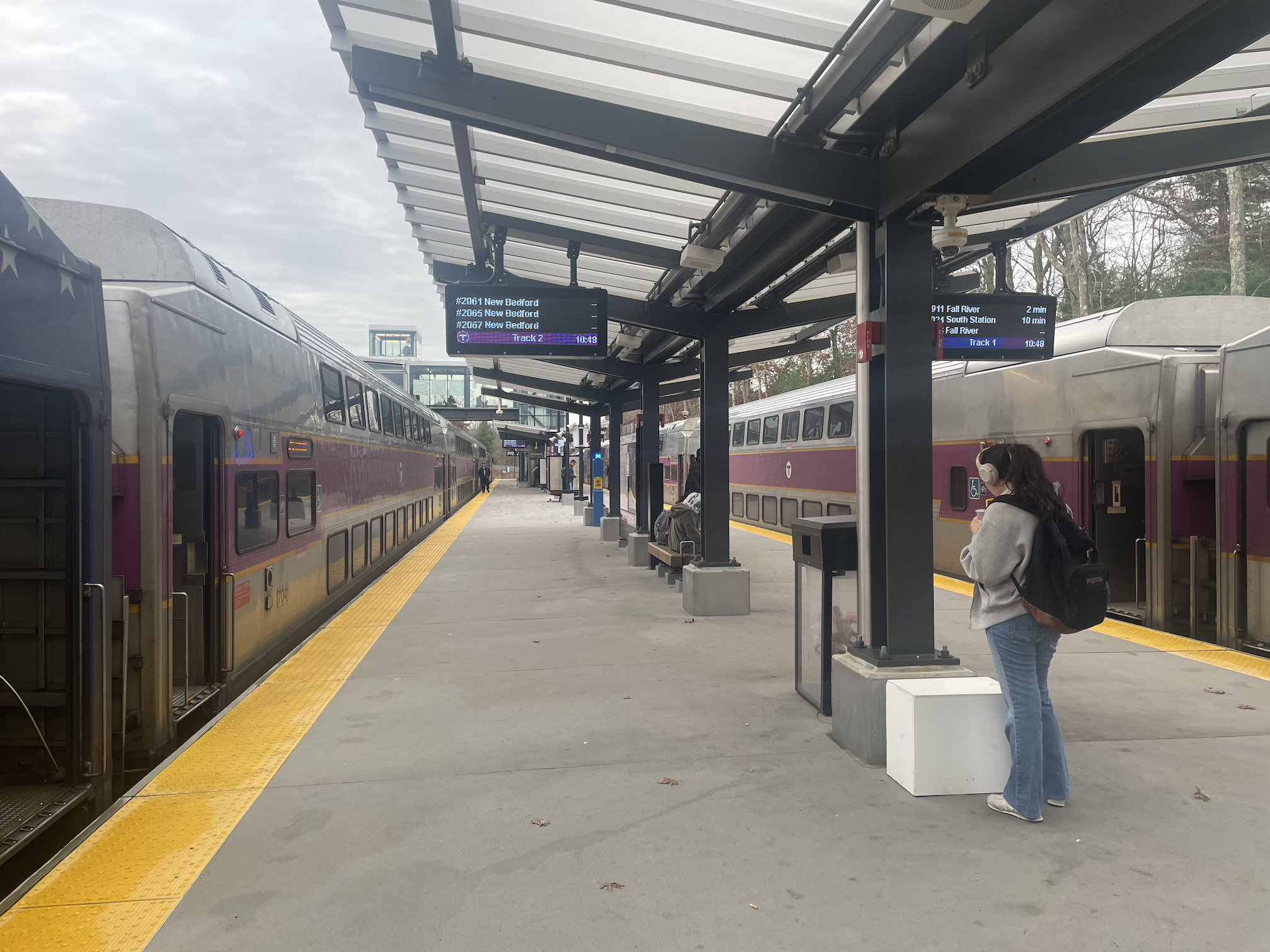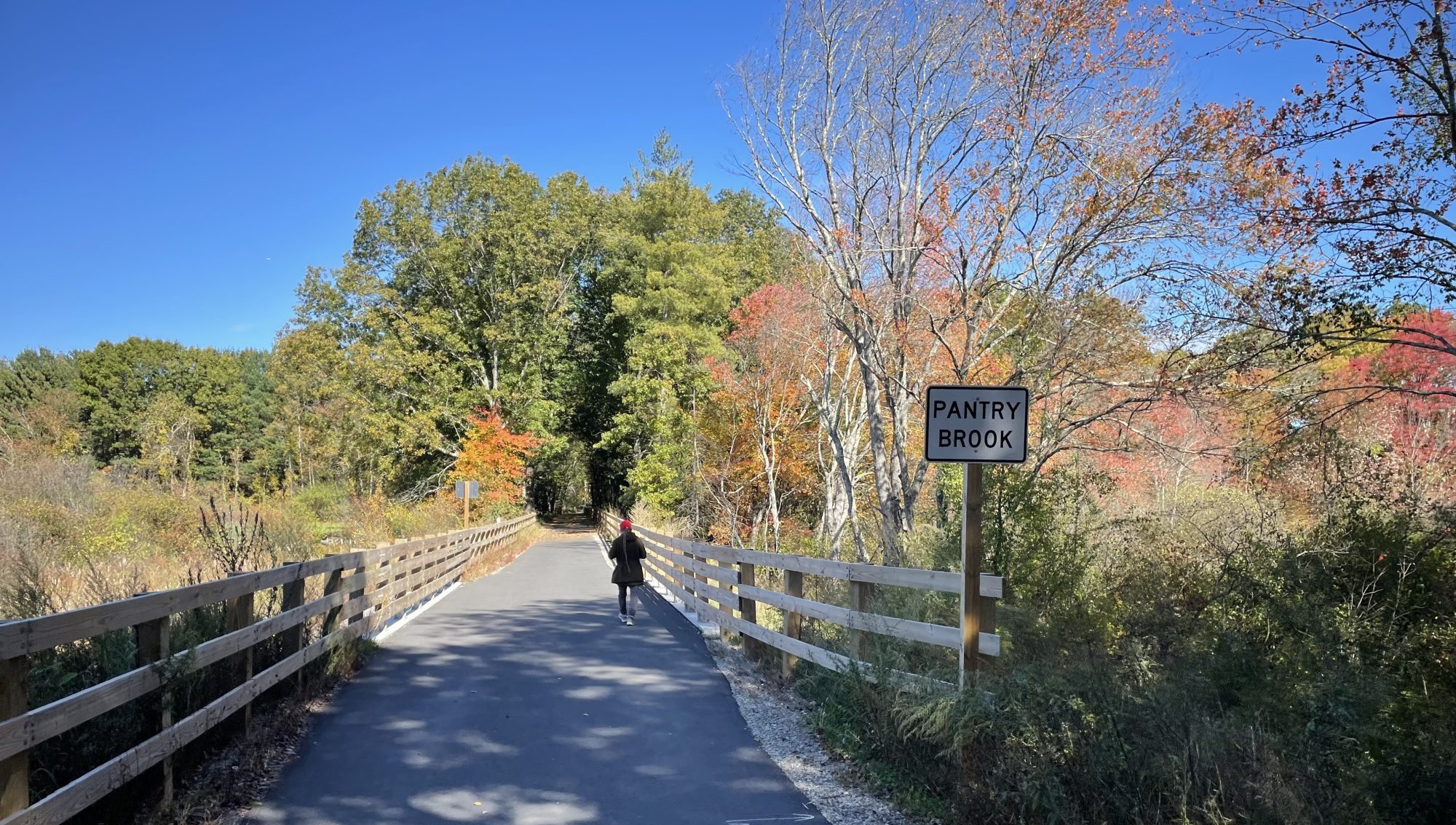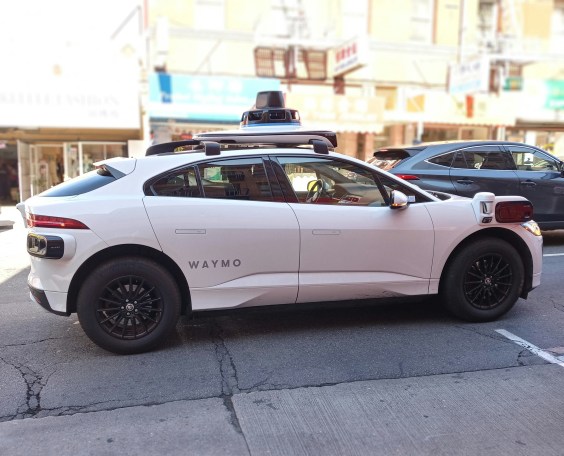New schedules taking effect on August 24 will feature a 3.4 percent increase in MBTA bus service, including six newly-designated "frequent-service" routes in Boston and Cambridge and later-night service on 13 bus routes plus the subway system.

Under the new schedule, routes 1, 15, 22, 23, 28, and 31 will operate according to the T's new "frequent-service" standard, where buses will arrive every 15 minutes or less, all day, 7 days a week.
Additionally, the T will also operate service one hour later each Friday and Saturday night on most of the rapid transit system (except the Mattapan Line) and on 13 bus routes.
Five of those bus routes – the 23, 28, 57, 111, and 116 – will see their late-night hours extended one hour later all seven days of the week.
Eight other routes – the Silver Line SL1, SL3, and SL5, plus routes 1, 22, 39, 66, and 110 – will make their last runs one hour later on Fridays and Saturdays.
Under their current schedules, most of those routes cease running for the night between 1 and 1:30 a.m.
To promote the later-night service, the T will offer fare-free service on all modes after 9 p.m. for five weekends this fall, starting on Friday, Sept. 5.
"It is a way to really allow riders to choose transit, and let them know that this is going to be a viable way to use it throughout the day," said MBTA General Manager Phil Eng at an MBTA board meeting on Tuesday.
The T will also extend the route of the 15 – which currently makes most of its trips between Ruggles and St. Peters Square in Dorchester – another one mile to the south, via Bowdoin Street and Geneva Avenue, to connect to the Red Line at Fields Corner.
Six of the new "frequent-service" routes – the 1, 15, 22, 23, and 28 – had previously been designated as "key bus routes" where buses were scheduled to arrive every 15 minutes or less during the day, and 20 minutes or less on evenings and weekends.
An MBTA spokesperson told StreetsblogMASS that the agency is adding "over 600 weekly hours of service" to extend the 15 and bring all six of these routes up to the new "frequent-service" standard.
The spokesperson added that the new fall schedules will offer a total of 47,577 weekly hours of bus service, compared with 46,008 weekly hours for the current summer schedule (a 3.4 percent increase).
That brings the T's bus operations to 96.5 percent of its pre-pandemic bus service, when it offered about 49,300 hours of bus service every week.
Frequently pokey
Five of the bus routes slated to receive the new "frequent-service" designation also rank among the most inefficient bus routes in the MBTA system, according to real-time bus location data compiled by TransitMatters.
In its inaugural "Pokey/Schleppie Awards" report in spring 2024, TransitMatters identified the 1 as the MBTA's slowest bus route, with an average speed of just 6.55 miles per hour, as well as the most "bunched" bus route – i.e., the most likely route where two buses might arrive at a stop within one to three minutes of each other, followed by a long gap before the next bus arrives.
The 15 and 23 also ranked among the T's top 10 slowest bus routes, with average speeds of under 8 miles per hour.
And along with the 1, the 22, 23, and 28 all ranked among the T's 10 "bunchiest" bus routes, where more than one in 10 buses is following too closely behind the bus in front of it.
Route changes await Longwood Medical Area study
The T's proposed bus network redesign recommended that the 22 and the 28 be extended into the Longwood Medical Area (LMA) to give Mattapan and Dorchester residents improved transit service into one of the region's most significant employment centers.
But the agency is holding off on those changes until it can complete a new bus route study for the district, which suffers from severe traffic congestion.
State transit planning officials have previously indicated that any new frequent-service bus routes into or through the LMA will likely require new dedicated bus lanes through the neighborhood.
Bus lanes would also benefit emergency vehicles, which also get stuck in traffic while trying to deliver patients to the district's emergency rooms.
But ideas to add new bus or bike lanes on the neighborhood's narrow streets have also drawn ire from wealthy doctors and hospital executives who contribute to the district's traffic problems by bringing their private vehicles into the neighborhood.
The T expects to issue recommendations from its Longwood bus route study in 2026.






